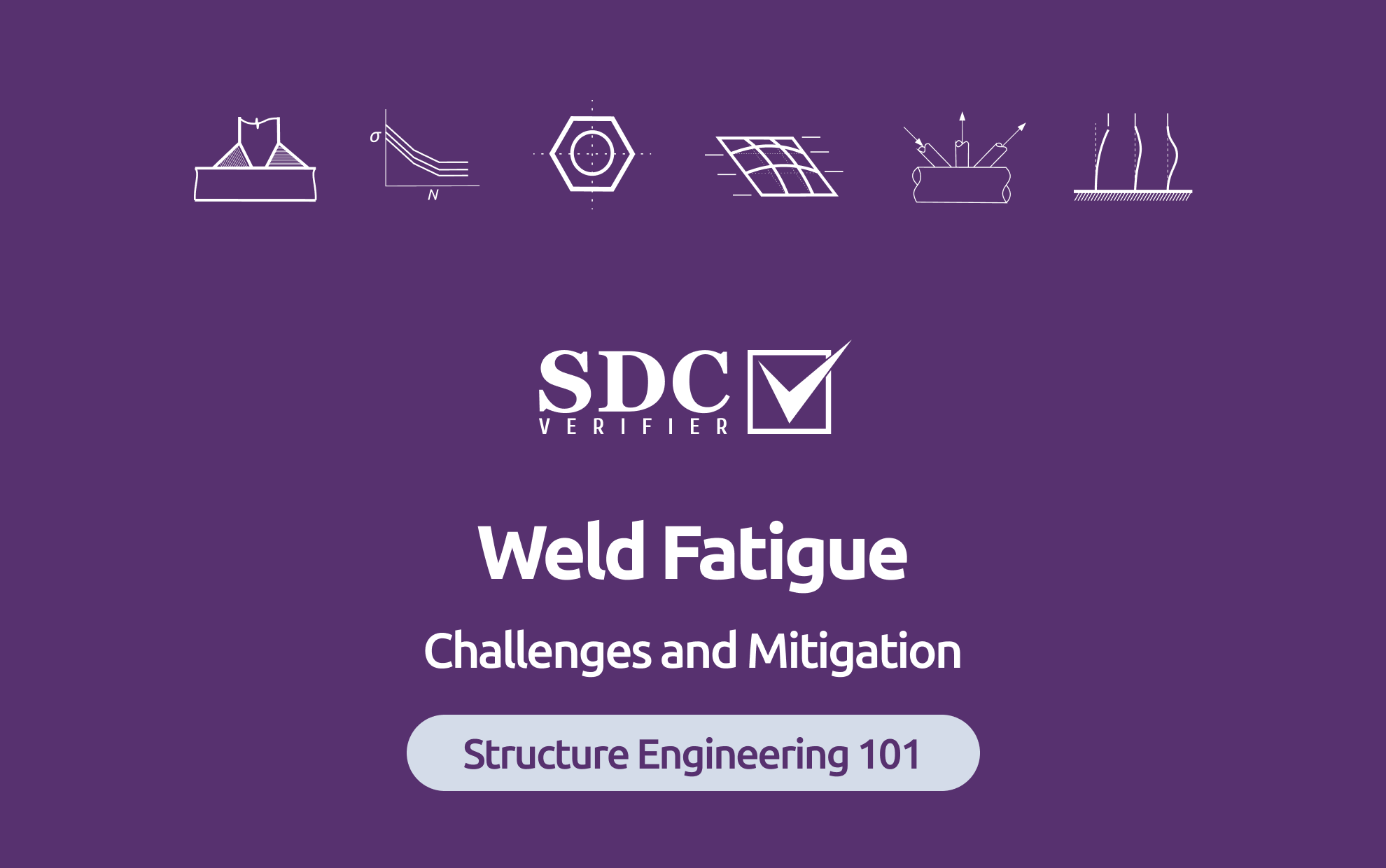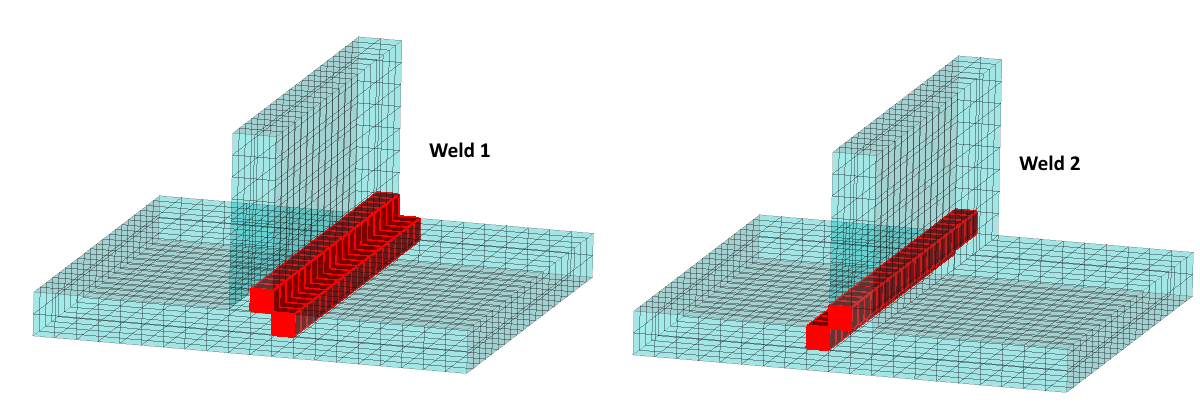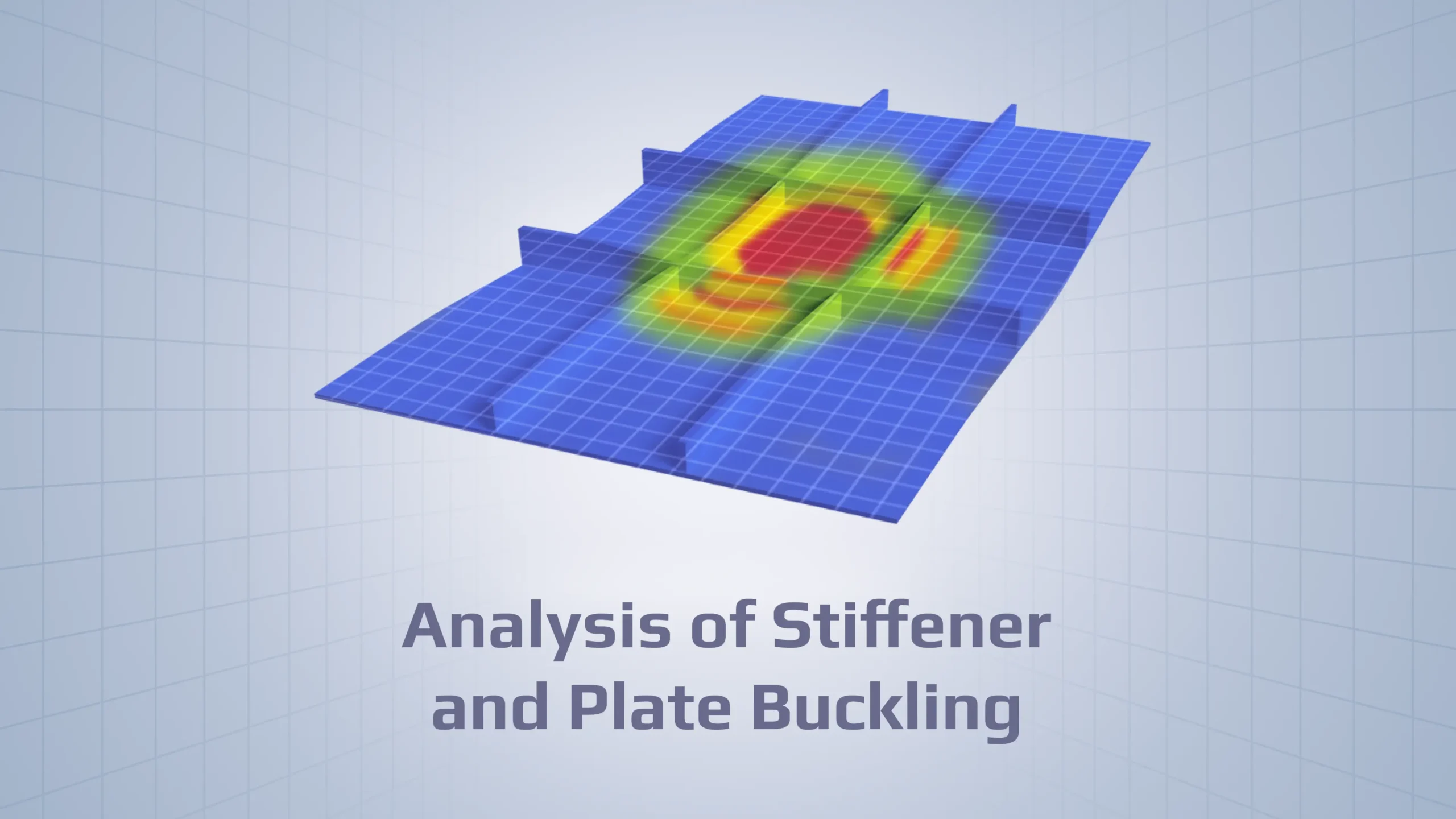
Weld fatigue is a critical factor in the long-term durability of welded structures. It occurs when cyclic stresses — below the material’s tensile strength — cause gradual cracking and eventual failure of welds. Left unchecked, weld fatigue can result in catastrophic failures, making it one of the top concerns in industries like construction, automotive, shipbuilding, and aerospace.
This article addresses the primary challenges associated with weld fatigue and explores practical mitigation strategies to improve the lifespan and reliability of welded joints.
Read our previous topics in our Fundamentals of Fatigue article series:
- What is Fatigue? (Definitions, Types, Causes)
- Fatigue Strength and Limit (Materials-Specific Data)
- Fatigue Life: Key Influencing Factors and Advanced Prediction Methods
- Fatigue Stress and Its Role in Structural Failure
- How to Calculate Fatigue Strength (Hand Calculations)
- Rainflow Counting Approach
- Fatigue Standards
- The Best Free FEA Software for Fatigue Analysis
What is Weld Fatigue?
Weld fatigue refers to the progressive deterioration of a weld due to repetitive loading, where the stress levels are lower than those that would typically cause failure in a static load scenario. Unlike general material fatigue, weld fatigue is specific to the behavior of welded joints, which are inherently more susceptible due to stress concentrations, residual stresses from welding, and inconsistencies in weld quality.
In welded joints, fatigue cracks often initiate at areas of high-stress concentration, such as the weld toe, and propagate over time, leading to structural failure. These areas are particularly prone to microstructural defects, material discontinuities, and residual stresses introduced during welding.
Common Challenges in Weld Fatigue
1. Stress Concentrations
Welded joints, by nature, introduce sharp geometry changes that create high-stress concentration points. Even if the applied stress is well below the yield strength of the material, these localized stress risers significantly reduce the fatigue life of the joint. The weld toe, for instance, is a common area for crack initiation due to its sharp transition between the base metal and the weld material.
2. Residual Stresses
Residual stresses develop due to the localized heating and cooling inherent in welding. The uneven distribution of these stresses can further decrease a weld’s fatigue life. These internal stresses are often difficult to detect without specialized equipment, meaning the welded structure may be under additional load before any external forces are applied.
3. Weld Quality and Consistency
Variations in weld quality — whether due to poor craft, inappropriate welding techniques, or subpar inspection — introduce defects such as porosity, slag inclusions, and incomplete fusion. These flaws act as crack initiation sites, exacerbating the weld’s vulnerability to fatigue. Even minor inconsistencies can drastically shorten a weld’s fatigue life.
4. Material Selection
The choice of materials plays a crucial role in fatigue performance. Some materials, such as high-strength steels, may exhibit higher tensile strengths but poorer fatigue resistance due to their brittleness. Conversely, more ductile materials may perform better under cyclic loading but not have the required load-bearing capacity. Balancing material properties is essential when designing welding structures that are subject to fatigue.
How to Mitigate Weld Fatigue
Optimized Weld Design
Reducing stress concentrations through better design is one of the most effective ways to mitigate weld fatigue. Techniques include:
- Smoother transitions: Design the weld geometry to minimize abrupt changes in section size. Adding gentle radii at weld toes or using thicker transition plates helps distribute stress more evenly.
- Reducing sharp angles: Avoiding sharp corners and introducing smooth fillets reduces localized stress risers.
- Load path optimization: Ensuring welds align with the primary load paths can reduce bending stresses and improve fatigue performance.
Post-Weld Treatments
Several post-weld treatments are proven to improve fatigue by reducing residual stresses and smoothing stress risers.
-
- Peening: Peening introduces compressive stresses into the weld’s surface, counteracting tensile residual stresses. This method effectively delays the initiation of fatigue cracks.
- Stress Relief Annealing: A thermal treatment that reduces residual stresses in the weld and surrounding material, improving fatigue resistance, especially for large-scale welded structures.
- Grinding: Grinding the weld toe to reduce surface roughness can significantly improve fatigue performance by eliminating microscopic defects that might act as crack initiation sites.
Automated Weld Fatigue Analysis
SDC Verifier automates the fatigue verification process based on international standards like Eurocode 3, FEM, and DIN 15018. The software automatically detects welds in your finite element model, evaluates stress concentration areas, and performs fatigue checks based on the expected load cycles. This significantly reduces the manual effort involved in fatigue life prediction, improving the accuracy and reliability of your analysis.
Material-Specific Fatigue Checks
For welded structures, SDC Verifier supports material-specific fatigue checks, ensuring the software accurately applies the relevant fatigue curves for different materials used in the structure. This feature helps engineers select the right materials while accounting for fatigue resistance, balancing strength and durability.
Predictive Maintenance
Early detection of weld fatigue is vital to preventing catastrophic failure. Implementing regular inspection schedules that include non-destructive testing (NDT) methods like ultrasonic testing or radiography can identify cracks before they become critical. Monitoring systems that track the number of cycles and the magnitude of loads experienced by a structure can be paired with fatigue life prediction models to predict when maintenance or repair will be required.
Weld Fatigue Standards and Guidelines
Adherence to established weld fatigue standards ensures structures are designed with appropriate safety factors and fatigue limits. The most commonly referenced standards include:
- Eurocode 3 and EN 1993-1-9: SDC Verifier ensures compliance with Eurocode 3 standards for fatigue analysis, especially for steel structures. The software includes detailed checks for welded joints, taking into account the fatigue strength reduction due to welding defects or poor geometry.
- FEM and DIN 15018 Standards: SDC Verifier also supports other European standards like FEM (used for cranes and lifting equipment) and DIN 15018, offering thorough fatigue checks for welds in dynamically loaded structures.
- IIW Guidelines for Welded Structures: The software incorporates the International Institute of Welding (IIW) guidelines, which provide recommendations for fatigue design and life prediction in welded structures. This ensures that users are following industry best practices when evaluating fatigue in welded joints
- AWS D1.1 (Structural Welding Code – Steel): Provides guidelines for welded structures in terms of design, fabrication, and inspection, with a focus on fatigue performance.
- ASTM E466: Outlines standardized testing procedures for assessing the fatigue life of metallic materials, including welded specimens.
Understanding and applying these standards are critical to ensuring that welded structures are designed, fabricated, and inspected to mitigate the risk of fatigue failure.
Finite Element-Based Fatigue Life Prediction
Accurately predicting the fatigue life of welded joints is a critical challenge in engineering. SDC Verifier integrates with popular FEA tools like ANSYS to streamline this process by automatically evaluating stresses at welds. One key advantage is the software’s ability to transform stresses from the element coordinate system (Csys) into the weld coordinate system, ensuring that the most relevant stress orientations are analyzed.
For example, the image below shows how SDC Verifier transforms the element Csys into a weld-specific Csys for more precise stress evaluation:
This transformation allows engineers to focus on critical areas like the weld toe, where fatigue cracks typically form. By ensuring that stresses are oriented correctly, SDC Verifier applies fatigue checks more accurately, providing a clear understanding of the fatigue life of the welded joints.
Beyond stress transformation, FEA modeling of welds plays a significant role in fatigue prediction. Welds can be modeled using solid elements, allowing for hotspot stress evaluations—a method that focuses on critical stress concentrations in welded structures.
The following image demonstrates two types of welds modeled with solid elements, which are key to assessing stress concentrations:
These detailed models enable engineers to detect fatigue hotspots, optimize designs, and make well-informed decisions about the structural integrity of welded joints. With this kind of precision, SDC Verifier ensures that fatigue life prediction for welded structures is both accurate and reliable.
Conclusion
Weld fatigue poses severe challenges to the safety and durability of welded structures, but its effects can be significantly mitigated with proper design, material selection, and post-weld treatments. Regular inspections and adherence to established standards further enhance fatigue performance, preventing costly failures and prolonging the lifespan of critical structures.
By proactively addressing weld fatigue, engineers can ensure the reliability and safety of structures across industries, from bridges and offshore platforms to aerospace and automotive applications.









